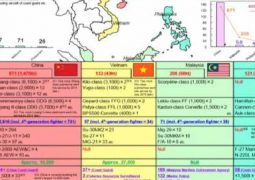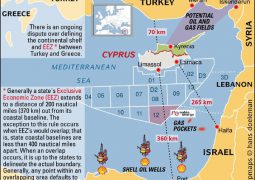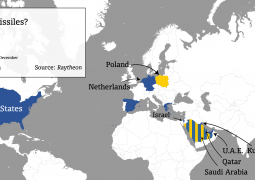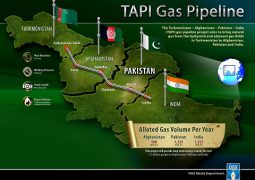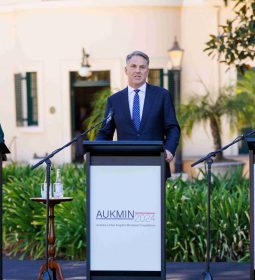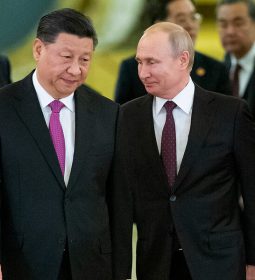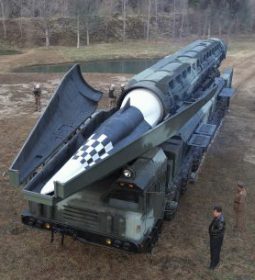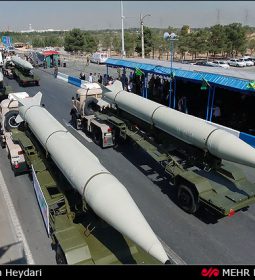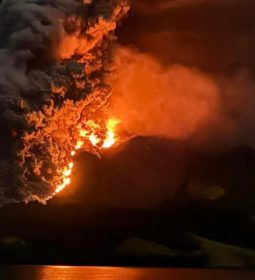Asia-Pacific trade deals – What do all the acronyms mean?

Here is a rough guide to different Asia-Pacific trade agreements and how they compare.
TPP – TRANS-PACIFIC PARTNERSHIP
Its future has been doubt since President Donald Trump withdrew the United States in one of his first acts as president, but Japan and the other 10 remaining members agreed at the weekend to explore how they could still implement it.
It does not include China.
It has been signed but awaits ratification by most members. Since the withdrawal of the United States, it is sometimes referred to as TPP-11 or TPP minus One.
Negotiations lasted nearly a decade on the wide-ranging agreement. It would cut most tariffs to zero and have wide impact on services and digital trade as well as goods. It includes strong protection for intellectual property and measures to protect labor rights and the environment.
The flexibility of members is limited to areas where public health, animal health or public security could be at risk.
GDP: $8,897 bln (vs. $25,559 bln for TPP-12)
Population: 496 million (vs. 817 million for TPP-12)
Trade between members: $265 bln ($1,014 bln for TPP-12)
Members: Australia, Brunei, Canada, Chile, Japan, Malaysia, Mexico, New Zealand, Peru, Singapore, Vietnam (TPP-12 included the United States)
REGIONAL COMPREHENSIVE ECONOMIC PARTNERSHIP (RCEP)
This free trade deal is backed by China and it has been given new impetus by the U.S. withdrawal from the Trans-Pacific Partnership. Members now hope to get it signed by the end of the year, although past targets have proved optimistic.
At the core of RCEP are countries of the Association of South East Asian Nations, joined by China, India, Australia, New Zealand, Japan and South Korea.
It is less comprehensive than TPP and the main focus is reducing tariffs, although not as many would reach zero as under that other agreement. Coverage of services is more modest than for TPP. It would have no protection for labor rights or the environment. Although it might have provisions for greater freedom of movement, this is a sensitive issue.
Members would have greater flexibility in applying the agreement than is the case for TPP.
GDP: $21,490 billion
Population: 3,519 million
Trade between members: $1,937 bln
Members: Brunei, Cambodia, Indonesia, Laos, Malaysia, Myanmar, the Philippines, Singapore, Thailand, Vietnam, China, Japan, South Korea, Australia, New Zealand, India
FREE TRADE AREA OF THE ASIA-PACIFIC (FTAAP)
This is essentially an aspiration among the 21 Pacific Rim nations that are part of APEC, a forum created in 1989 to promote free trade in the Asia-Pacific region.
Part of the deal’s agenda is to build and develop on existing trade frameworks in the region and to harmonize agreements. Both RCEP and TPP could be steps toward achieving the Free Trade Area of the Asia-Pacific.
GDP: $41,581 bln
Population: 2,847 million
Trade between members: $5,547 bln
Members: Russia, South Korea, Hong Kong, Japan, China, Taiwan, Vietnam, Philippines, Thailand, Malaysia, Brunei, Indonesia, Singapore, Australia, Papua New Guinea, New Zealand, Canada, United States, Mexico, Peru, Chile
* GDP figures are 2016 figures at constant prices, trade figures are for 2016, population figures are for 2015. Sources: IMF, World Bank
(Reporting by Patturaja Murugaboopathy and Matthew Tostevin)
- Previous Trump’s un-American speech in Saudi Arabia
- Next Venezuela holds 5,000 Russian surface-to-air MANPADS missiles



